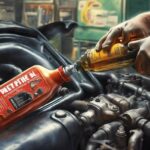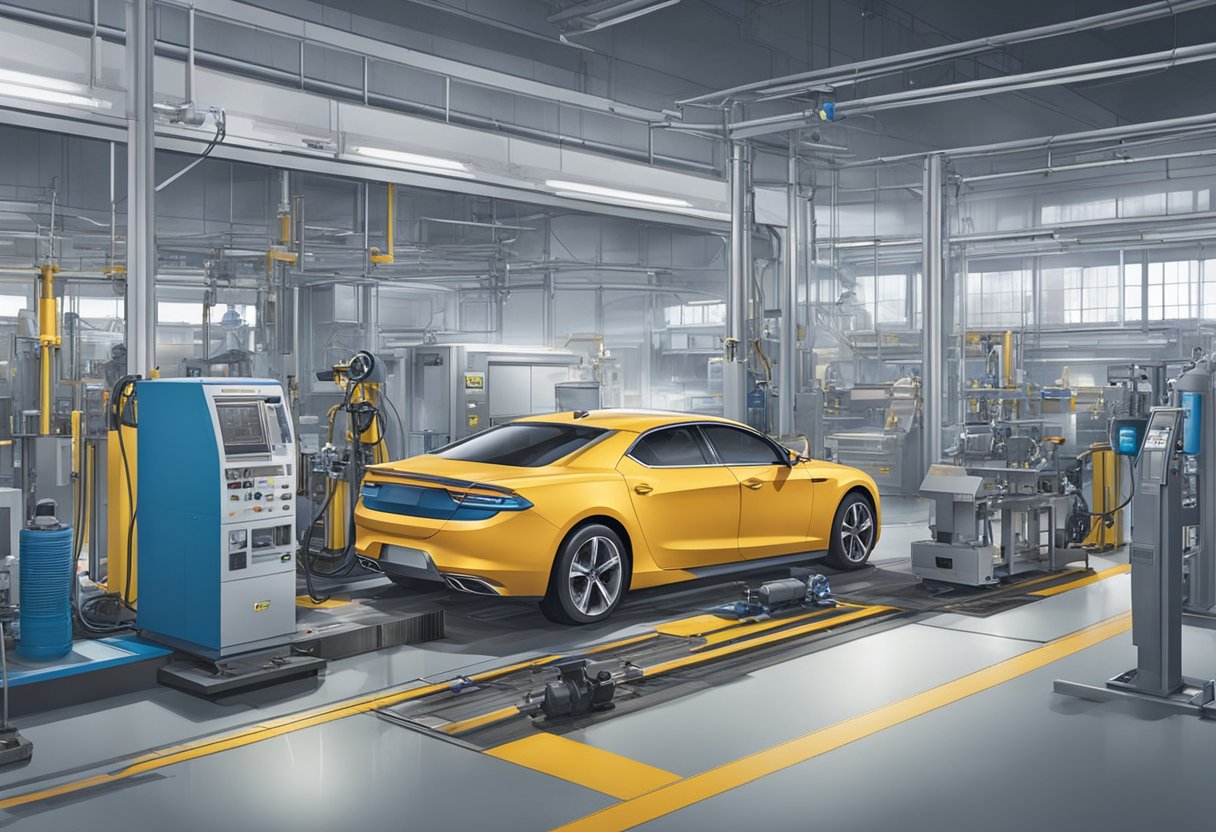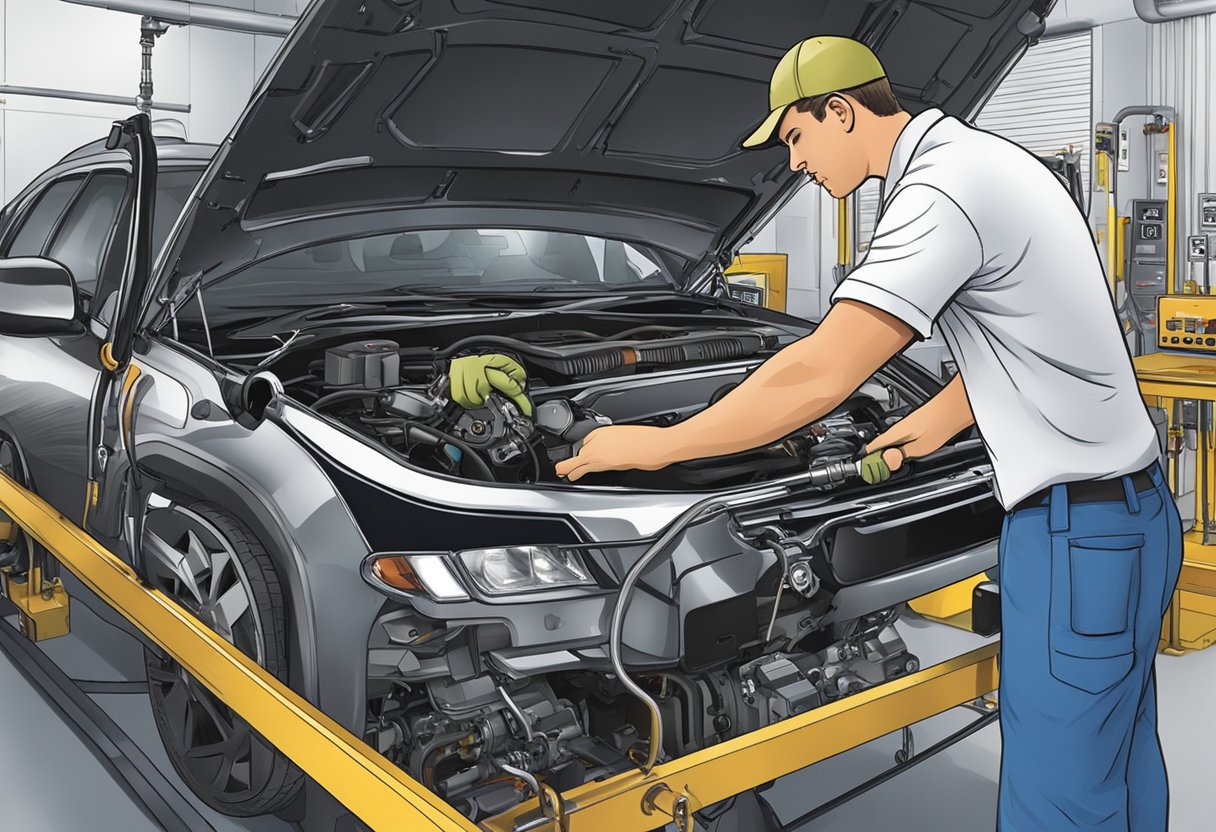Are you dreading your upcoming emissions test? Do you worry about failing and having to make costly repairs to your vehicle? You’re not alone. Many drivers feel anxious about emissions tests, but with the right strategies, passing can be a breeze.
In this article, we’ll provide you with proven strategies for passing your emissions test. We’ll cover everything from basic maintenance to advanced techniques that can help ensure your vehicle meets emissions standards. Whether you’re a seasoned driver or a new one, these tips will help you feel confident and prepared for your next test. So, let’s get started!
Understanding Emissions Standards
Regulatory Framework
When it comes to emissions testing, there are strict regulations in place to ensure that vehicles meet certain standards. These regulations are set by government agencies such as the Environmental Protection Agency (EPA) in the United States and the European Union (EU) in Europe. The regulations are designed to reduce the amount of harmful pollutants that are released into the environment.
The regulations cover a range of vehicles, from passenger cars to heavy-duty trucks. They also cover different types of engines, such as gasoline and diesel engines. The regulations are updated periodically to ensure that they remain effective and up-to-date with the latest technology.
Vehicle Emission Categories
Vehicles are classified into different emission categories based on the amount of pollutants they release into the environment. The categories are typically based on the type of engine and the vehicle’s weight. The categories include:
-
Light-duty vehicles: This category includes passenger cars and light-duty trucks. These vehicles are further subdivided into different categories based on their weight and the type of engine they have.
-
Heavy-duty vehicles: This category includes trucks, buses, and other heavy-duty vehicles. These vehicles are also subdivided into different categories based on their weight and the type of engine they have.
-
Non-road vehicles: This category includes off-road vehicles such as construction equipment, farm equipment, and boats. These vehicles are subject to different emissions standards than on-road vehicles.
Understanding the regulatory framework and vehicle emission categories is important when it comes to passing emissions tests. By knowing what standards your vehicle needs to meet, you can take steps to ensure that it is properly maintained and running efficiently. This can help you avoid costly repairs and ensure that your vehicle is operating in an environmentally responsible way.
Pre-Test Preparation
Before you take your vehicle for an emissions test, it is important to prepare it properly. This section will provide you with some proven strategies for passing the test.
Maintenance Tips
Regular maintenance of your vehicle is essential for passing the emissions test. Here are some maintenance tips that you should follow:
- Change your oil regularly: Dirty oil can cause your engine to emit more pollutants.
- Replace your air filter: A dirty air filter can reduce airflow to your engine, which can cause it to emit more pollutants.
- Keep your tires properly inflated: Underinflated tires can cause your engine to work harder, which can result in more emissions.
- Use the recommended fuel: Using the wrong type of fuel can cause your engine to emit more pollutants.
- Fix any check engine lights: If your check engine light is on, it means that there is a problem with your vehicle’s emissions system. You should get it fixed before taking the emissions test.
Common Fail Points
There are some common fail points that you should be aware of before taking the emissions test. Here are some of them:
- Catalytic converter: A faulty catalytic converter can cause your vehicle to emit more pollutants. Make sure that your catalytic converter is in good working condition.
- Oxygen sensor: A faulty oxygen sensor can cause your vehicle to emit more pollutants. Make sure that your oxygen sensor is working properly.
- Gas cap: A loose or damaged gas cap can cause your vehicle to emit more pollutants. Make sure that your gas cap is tight and in good condition.
- Exhaust system: A damaged or leaking exhaust system can cause your vehicle to emit more pollutants. Make sure that your exhaust system is in good condition.
By following these maintenance tips and checking the common fail points, you can increase your chances of passing the emissions test.
Are Radiator Issues Related to Failing Emissions Tests?
Recognizing radiator symptoms early can help prevent failing emissions tests. A malfunctioning radiator can cause overheating, leading to increased emissions. Leaks or blockages in the radiator can also impact engine performance, causing higher emissions levels. Keeping an eye out for radiator issues can ultimately aid in passing emissions tests.
During the Test
Procedure Overview
When you arrive at the emissions testing station, you will be directed to a testing lane. The technician will ask for your vehicle registration and proof of insurance. They will also ask you to turn off your engine and remove any items from your car that may interfere with the test.
The technician will then connect a device to your vehicle’s onboard computer to check for any error codes or malfunctions. If your vehicle passes this initial check, the technician will proceed with the emissions test.
During the test, your vehicle will be connected to a machine that measures the emissions coming from your tailpipe. The technician will instruct you to start your engine and rev it to a certain RPM. The machine will then measure the emissions while your engine is running.
What to Expect
During the emissions test, it is important to follow the technician’s instructions carefully. Failure to do so may result in an invalid test or even a failed test.
You may be asked to turn off your engine or put your car in neutral during the test. It is important to listen carefully and follow these instructions to ensure an accurate test result.
If your vehicle fails the emissions test, the technician will provide you with a report detailing the reasons for the failure. You may be required to have your vehicle repaired and retested before it can pass the emissions test.
Overall, following the proper procedures and listening carefully to the technician’s instructions can help ensure a successful emissions test.
After the Test
Once you’ve completed your emissions test, it’s important to understand the results and what your next steps should be.
Interpreting Results
The results of your emissions test will be provided to you on a printed report. This report will indicate whether your vehicle passed or failed the test, as well as the levels of emissions that were measured.
If your vehicle passed the test, congratulations! You can rest easy knowing that your vehicle is in compliance with emissions regulations. However, it’s important to remember that passing the test does not necessarily mean that your vehicle is running at peak efficiency. It’s always a good idea to keep up with regular maintenance and tune-ups to ensure that your vehicle is running as smoothly and efficiently as possible.
If your vehicle failed the test, don’t panic. The report will indicate which emissions levels were too high, giving you a starting point for diagnosing the issue. In some cases, the fix may be as simple as replacing a faulty oxygen sensor or catalytic converter. In other cases, more extensive repairs may be necessary.
Next Steps if You Fail
If your vehicle fails the emissions test, you will need to have it repaired and retested. The specific requirements for retesting will vary depending on your state and local regulations, so be sure to check with your local DMV or emissions testing center for guidance.
In some cases, you may be able to have the repairs performed by a certified emissions repair technician. These technicians are trained to diagnose and repair emissions-related issues, and their work is guaranteed to bring your vehicle back into compliance with emissions regulations.
If you prefer to perform the repairs yourself, be sure to consult with a qualified mechanic or emissions specialist to ensure that you are addressing the root cause of the emissions issue. Once the repairs are complete, you will need to have your vehicle retested to ensure that it is once again in compliance with emissions regulations.
Remember, emissions testing is an important part of keeping our air clean and healthy. By understanding the results of your test and taking the necessary steps to address any issues, you can help to ensure that your vehicle is running as efficiently and cleanly as possible.
Tips for Diesel Engines
If you own a diesel engine vehicle, passing the emissions test can be a bit more challenging than with a gasoline engine. However, with the right strategies, you can increase your chances of success. Here are some tips to help you pass the test with your diesel engine:
Special Considerations
Diesel engines have some unique characteristics that can affect emissions. For example, diesel fuel contains more carbon than gasoline, which means that diesel engines emit more particulate matter (PM) and nitrogen oxides (NOx) than gasoline engines. Additionally, diesel engines tend to run cooler than gasoline engines, which can affect the efficiency of the catalytic converter.
To compensate for these differences, diesel engines are subject to different emissions standards than gasoline engines. In some states, diesel engines are required to undergo a more rigorous emissions test than gasoline engines. Therefore, it’s important to be aware of the specific emissions regulations in your state and to make sure that your vehicle meets those standards.
Particulate Filters
One effective way to reduce PM emissions from diesel engines is to install a particulate filter. A particulate filter is a device that captures and stores PM emissions before they can be released into the atmosphere. The filter must be periodically cleaned or replaced to maintain its effectiveness.
If your diesel engine vehicle doesn’t have a particulate filter, you may want to consider installing one before the emissions test. However, be aware that not all particulate filters are created equal. Some cheaper filters may not be as effective as more expensive ones, and some filters may actually increase NOx emissions. Therefore, it’s important to do your research and choose a high-quality filter that is designed to meet emissions standards.
By following these tips, you can increase your chances of passing the emissions test with your diesel engine vehicle. Remember to check your state’s emissions regulations and to make sure that your vehicle is properly maintained and equipped with the necessary emissions control devices.
As an Amazon Associate we earn from qualifying purchases.













